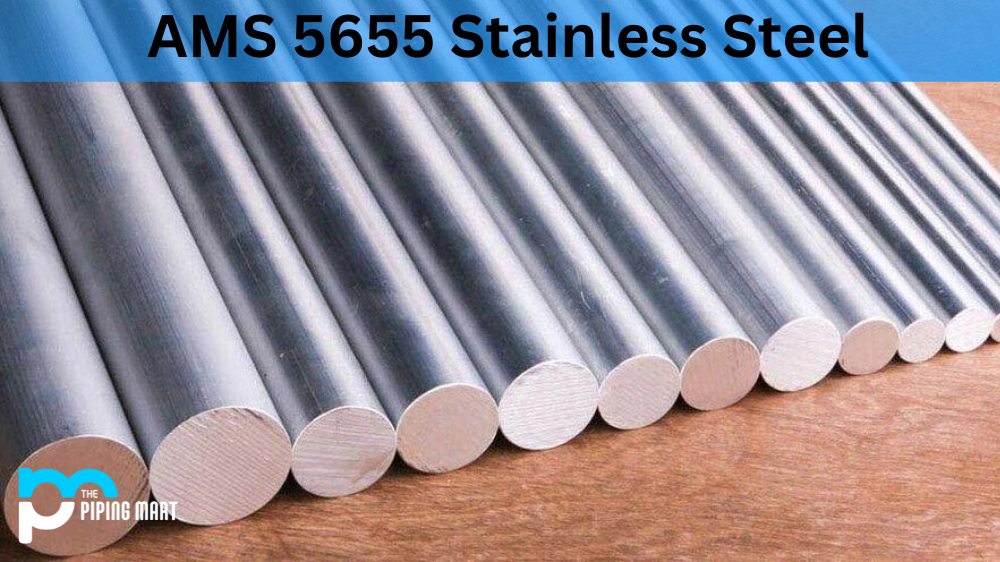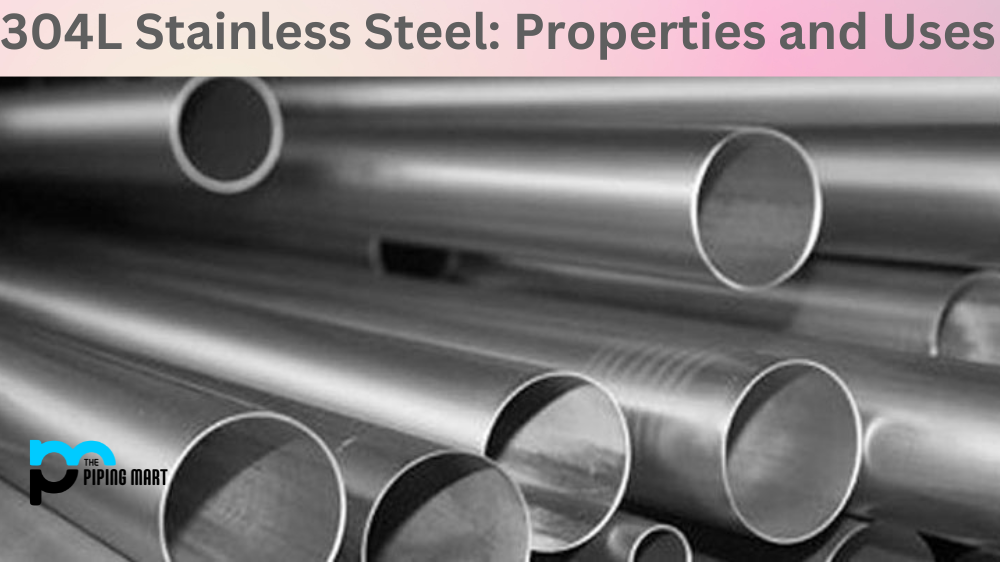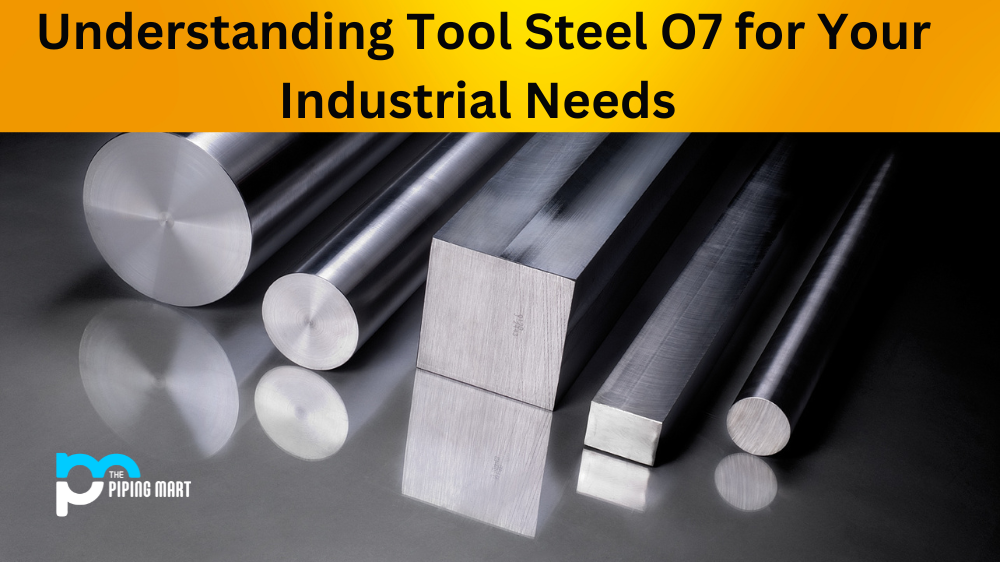If you’re in the market for tool steel that offers excellent machinability, high toughness, and decent wear resistance, you can’t go wrong with W1 tool steel. This low-alloy, water-hardening tool steel (UNS T72301) is readily available, cost-effective, and widely used in various industries, including cutlery, woodworking, and metal stamping. In this blog post, we’ll explore the composition, mechanical and physical properties, uses, corrosion resistance, heat treatment, machining, and welding of W1 tool steel.
W1 Tool Steel Composition
W1 tool steel contains approximately 0.90-1.05% carbon and 0.15-0.40% manganese and small amounts of silicon, sulfur, and phosphorus. This composition makes it similar to the high-carbon steels of the 1095 series but with lower chromium content.
| Element | Content (%) |
|---|---|
| C | 0.70-1.50 |
| Mn | 0.10-0.40 |
| Si | 0.10-0.40 |
| Cr | 0.15 |
| Ni | 0.2 |
| Mo | 0.1 |
| W | 0.15 |
| V | 0.1 |
| Cu | 0.2 |
| P | 0.025 |
| S | 0.025 |
W1 Tool Steel Mechanical Properties
W1 has excellent toughness but moderate wear resistance and hardness as a water-hardening tool steel. The typical hardness range of annealed W1 is 187-229 HB, while the hardened and tempered steel can reach up to 62 HRC. The tensile strength of W1 ranges from 550 to 800 MPa, with a yield strength of 275-400 MPa. The elongation at break can reach up to 22%.
| Properties | Metric | Imperial |
|---|---|---|
| Tensile strength, ultimate | 1680 MPa | 244000 psi |
| Tensile strength, yield | 1500 MPa | 218000 psi |
| Poisson’s ratio (25°C) | 0.27-0.30 | 0.27-0.30 |
| Elongation at break | 3.50% | 3.50% |
| Bulk modulus | 140 GPa | 20300 ksi |
| Shear modulus | 80.0 GPa | 11600 ksi |
| Elastic modulus | 190-210 GPa | 27557-30458 ksi |
| Charpy impact, unnotched | 86.0 J | 63.4 ft-lb |
| Hardness, Brinell (converted from Rockwell C Hardness) | 498 | 498 |
| Hardness, Knoop (converted from Rockwell C Hardness) | 558 | 558 |
| Hardness, Rockwell C | 50.0-51.0 | 50.0-51.0 |
| Hardness, Vickers (converted from Rockwell C Hardness) | 531 | 531 |
| Machinability (based on AISI 1212 steel as 100% machinability) | 40 | 40 |
W1 Tool Steel Physical Properties
W1 tool steel has a 7.85 g/cm³ density and a melting point of 1425°C. The thermal expansion coefficient is 11.7 µm/(m·K), and the thermal conductivity is around 30 W/(m·K). The specific heat capacity at 100°C is 0.46 J/(g·K).
| Properties | Metric | Imperial |
|---|---|---|
| Density | 7.83 g/cm3 | 0.283 lb/in3 |
| Melting point | 1435°C | 2615°F |
W1 Tool Steel Equivalent
- ASTM A686
- SAE J437 (W108), (W109), (WhO), (W112)
- SAE J438 (W108), (W109), (W110), (W112)
- UNS T72301
W1 Tool Steel Uses
Due to its excellent machinability, toughness, and low cost, W1 tool steel is commonly used in toolmaking, cutlery, woodworking tools, metal stamping dies, and gages. It’s also used for springs, saw blades, and shear blades.
W1 Tool Steel Corrosion Resistance
W1 tool steel is not highly corrosion-resistant but can be hardened to reduce its surface’s susceptibility to rusting and pollution. W1 can be coated or plated with other metals to enhance its corrosion resistance.
W1 Tool Steel Heat Treatment
W1 requires a specific heat treatment process like other tool steels to achieve its desired properties. After forging or annealing, W1 should be hardened by water quenching. The steel must be heated uniformly to the austenitizing temperature of around 760°C and held at that temperature for a specific time. Then, it should be immediately quenched in water at around 25°C.
W1 Tool Steel Machining
W1 tool steel is easy to machine and can be easily cut, drilled, and shaped. However, it has lower toughness and tolerates shock loads less than other tool steel options.
W1 Tool Steel Welding
W1 tool steel can be produced by electric arc welding, gas welding, or resistive welding. Preheating, proper joint design, and suitable filler metal are essential to prevent cracks and achieve a sound weld.
Conclusion
W1 tool steel is a reliable and versatile water-hardening tool with excellent toughness, machinability, and affordability. It’s a popular choice for various cutting and forming applications that require moderate wear resistance and hardness. By understanding the composition, mechanical and physical properties, uses, corrosion resistance, heat treatment, machining, and welding of W1 tool steel, you can select the suitable material for your specific applications and achieve better results.

Meet Bhavesh, a seasoned blogger with a wealth of knowledge and experience. From metal products manufacturing to retail, Bhavesh has a diverse background in various industries and is dedicated to sharing his insights and expertise with readers.




